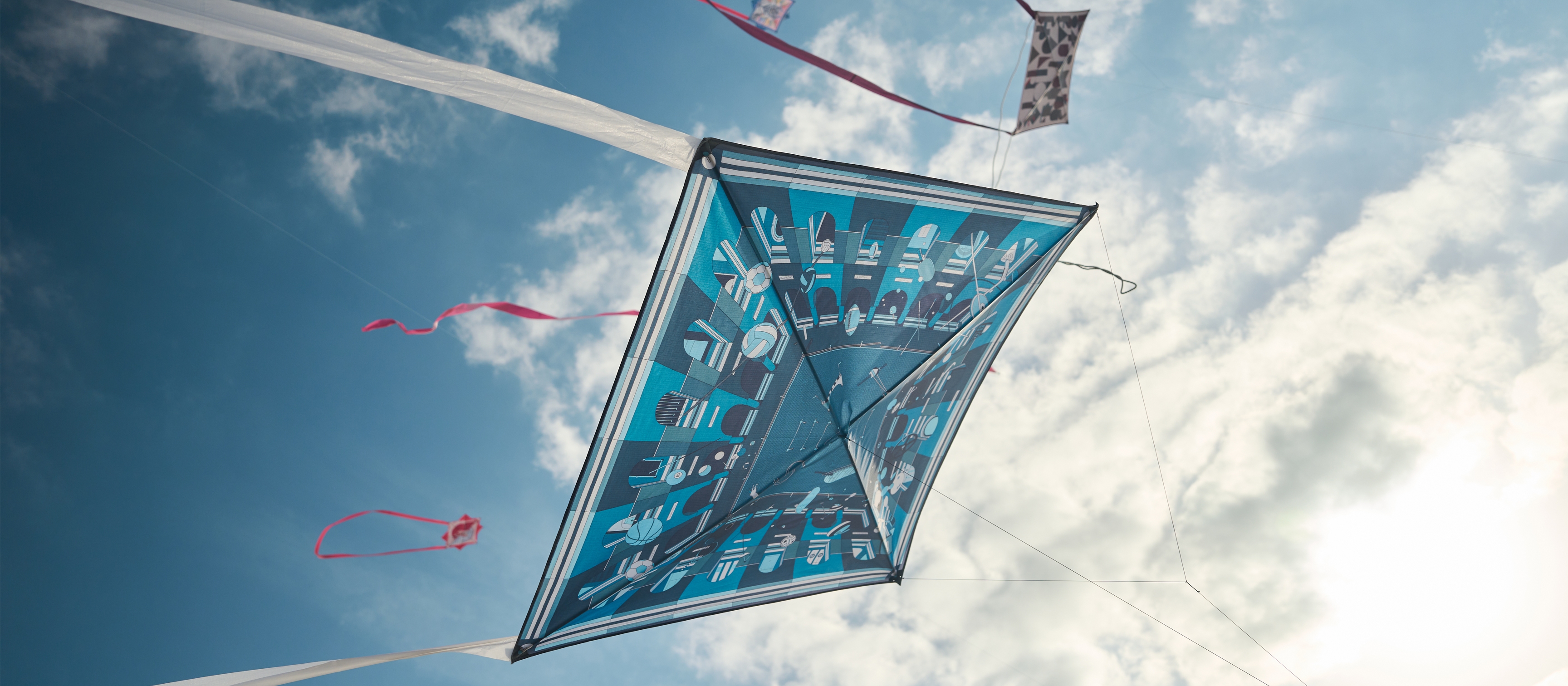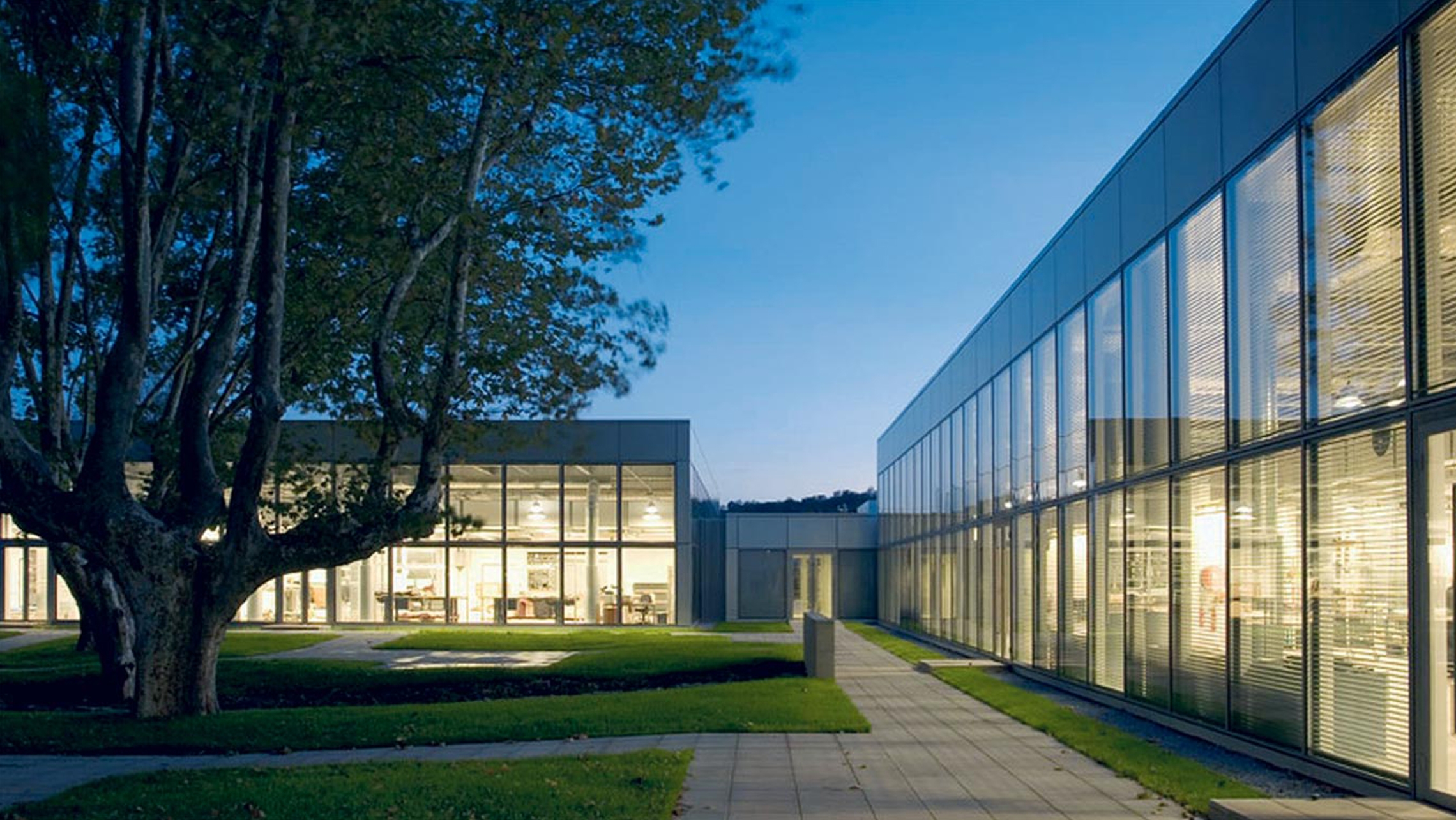
Climate
« Climate change, its impact on biodiversity, and the industrialization of raw materials are pressing concerns that we address through our climate strategy,
concrete initiatives in responsible supply chains, and policies for the preservation of natural resources »
Axel Dumas, Executive Chairman of Hermès
Ambition
Thanks to its craftsmanship model and a production mainly in France, Hermès is a group with low energy consumption but remains an impactful economic player. In the context of an increased environmental crisis, the house has been committed for many years to reducing the impact of its activities and developing strategies to adapt to climate change that may affect its direct operations and value chain. The group also aims to contribute to reducing carbon emissions at its level, both in its direct operations and across its entire value chain.
Indeed, Hermès has implemented an ambitious climate policy aimed at reducing its greenhouse gas emissions and promoting sustainable practices. The group's ambition is to adopt a Science Based Targets approach to follow the +1.5°C trajectory by 2050. These commitments for 2030 were validated in 2021 and are divided into several axes: measuring the impacts of its activities across scopes 1, 2, and 3, prioritizing emission reduction actions, and extending its responsibilities and actions within its spheres of influence
2024 Key figures
Organisation
Climate change is a strategic issue at Hermès, which has therefore established strong and structured governance: the sustainable development committee, which includes three members of the executive committee, oversees these issues. To ensure the determination and proper implementation of these strategic directions, this committee and the executive committee rely on the Sustainable Development Board, which has 14 members, directors of the main central functions and integrated divisions of the Group.
Each of these departments works on objectives and achievements, which are reported annually. This governance is described in the climate transition plan, which is regularly updated
Carbon footprint
The group is equipped with tools that allow for the annual update of the overall greenhouse gas emissions balance of its production and distribution sites, covering its value chain. This work is carried out with the help of an independent external specialist firm according to the Bilan Carbone® method and GHG Protocol, and detailed in the CDP climate.
Furthermore, the real estate reference framework 'Harmonie', an internal sustainable construction standard, allows for precise measurement of the environmental issues of all construction, development, and renovation projects of the house. This framework, certified in November 2022 by the independent third-party verification body Bureau Veritas, integrates environmental sustainability issues, including the carbon footprint. It sets ambitious objectives in the fight against climate change, defining a goal to halve the carbon footprint per square meter built and renovated by 2030.
Evolution of scope 1 and 2 emissions
Breakdown of scope 3 emissions
Energy
In 2024, energy consumption amounted to 223,629 MWh, an increase compared to 2023. The majority of energy is consumed by industrial activities (73%), namely by crystal sites, tanneries, textile, and leather sites. Stores and tertiary buildings represent 27% of the total.
After two consecutive years of decline, the positive trend in energy consumption is partly explained by a perimeter effect and partly by the increase in production capacities. Gas consumption continues to decrease (-446 MWh), while electricity consumption increases by 12% (+8,625 MWh) due to decarbonization actions (shift to electricity) and increased production capacities.
Development of renewable energies
Since November 2015, Hermès has actively participated in the energy transition process. In 2024, the house sourced 71% of its total energy consumption from renewable energies. All French sites are now powered 100% by green electricity, sourced from hydropower, photovoltaics, or wind turbines. Globally, the group sourced 98% of its electricity from green sources by the end of 2024.
Furthermore, Hermès is moving away from fossil fuels. In this context, the group has decided not to use gas or any other fossil energy as a source for any new industrial investment, unless a technical impossibility is demonstrated.
Evolution of industrial energy consumption
In 2024, overall energy consumption increased compared to 2023 due to the acceleration of the Group's activities (161.8 GWh). The solutions implemented by industrial sites and stores are levers to enable a reduction in this consumption, which the Group monitors regularly
Evolution of the intensity of industrial energy consumption (electricity, gas - excluding farms) - MWh/€M revenue
Over the past 10 years, the group has maintained its ambition to decouple the growth of activity at constant rates and scope from the evolution of industrial energy consumption. To achieve this, the most energy-efficient systems are implemented in production sites, tertiary sites, and stores through insulation, lighting, energy management, and energy choices. The energy efficiency of industrial equipment is improved through investments in more efficient equipment and reducing consumption by optimizing operating parameters.
Energy efficiency, focus on practices in France
Hermès is participating in the national effort for energy efficiency in line with the government recommendations established in 2022, aiming for a 10% reduction in electricity and gas consumption in France on an annualized basis. The group continues to invest in improving its energy efficiency and further decarbonizing its energy.
The house has implemented additional action plans, including shutting down unnecessary equipment at night and on weekends, reducing the operating hours of window lighting, decreasing lighting intensity based on site activity, optimizing heating and air conditioning operating times, anticipating certain energy performance improvement works, and the early renewal of certain equipment.
Inspiring initiatives
Louviers, the first positive energy workshop
Hermès is building the first positive energy workshop in Louviers, Normandy. The foundation stone of the workshop was laid in September 2020. This project, which involves the rehabilitation of an industrial wasteland near the town center, serves as a proof of concept for future Hermès workshops.
The goal is to eliminate the leather goods factory's electricity consumption and reduce associated CO2 emissions. This 20th workshop will operate without fossil fuels and will generate at least as much energy as it consumes. The building will partially self-consume, and any surplus electricity will be fed back into the grid.
In March 2023, the workshop received the E+C- certification, Level E4 C2. This label assesses the performance level of a new building in terms of energy and carbon. It is the first industrial building in France to achieve this level of excellence.

Improve logistics and transportation
As part of its ambition to reduce its Scope 3 GHG emissions (-58.1% reduction in relative value over the period 2018 to 2030), Hermès is committed to reducing the carbon footprint of the transport of its product. As around 90% of the company’s turnover is made out of France, logistic is a major area for improvement.
To improve the carbon footprint of transportation, Hermès focuses on two main levers, on top of the actions already achieved: implementing alternative transportation methods, particularly for air travel, and transitioning to different fuels. Local transportation, such as deliveries from local warehouses to city centers, is carried out using electric or hybrid vehicles whenever possible. For instance, it’s been the case from the logistic center in Bobigny to the 3 Parisian stores since 2015.
For longer-distance transportation, maritime shipping is preferred when the nature, volume, and quantity of items allow for it. Tender processes for freight transportation now systematically include criteria related to carbon footprint improvement, such as the use of natural gas (GNV) and bioGNV for road transport, sustainable aviation fuel (SAF) for air transport, and sustainable maritime fuel (SMF) for maritime transport.
Our policies and publications
To go further and discover our main sustainability policies and recent publications





